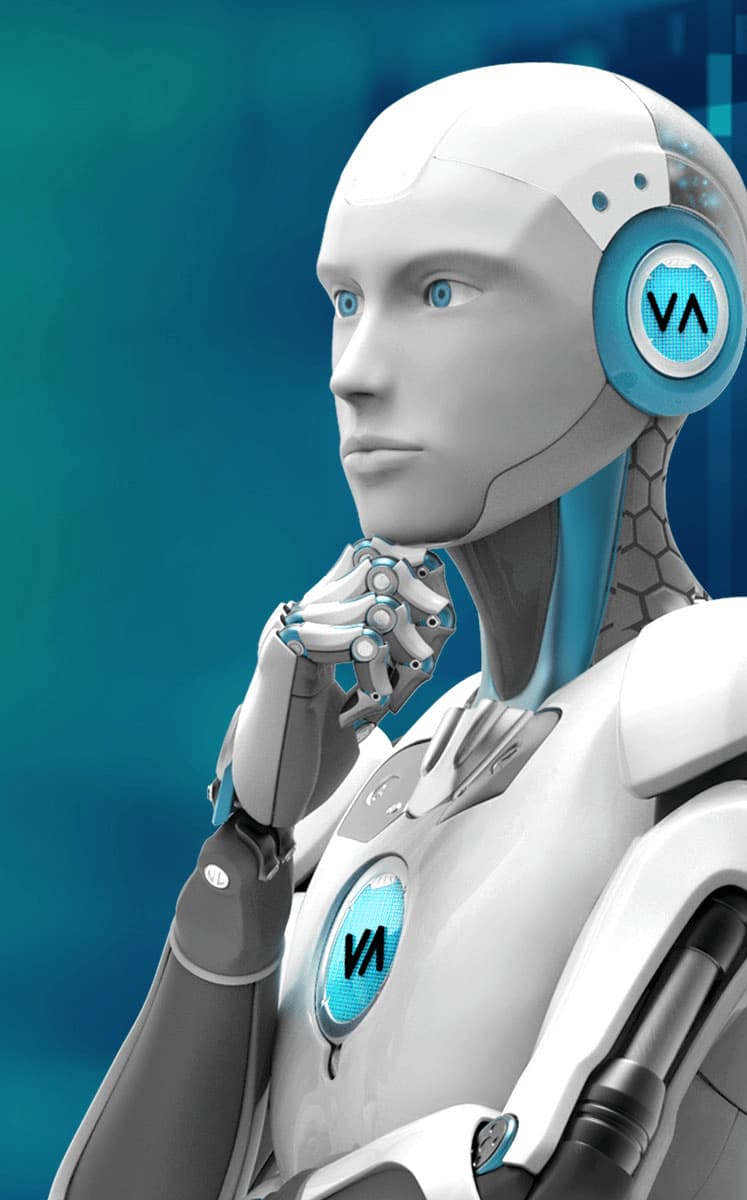By Ryan Falkenberg, 16 September 2022 – Originally published by IT-ONLINE
Most visitors to a website probably don’t know the difference between a chatbot and a virtual agent.
To be frank, most probably don’t care either. All they want is an easy and efficient way to resolve whatever query or issue they might have. But for the decision-makers behind those websites, knowing the difference between the two can be key to providing the kind of experiences that today’s customers expect.
Far from the total customer service solutions that organisations were promised when they first came to prominence in the 2010s, chatbots are fairly limited in their capabilities.
In short, they are simple digital assistants. You give them a specific request or question, and they will try to find you a relevant answer from the available knowledge database. If your question is unclear, or the available information is too generic, you will be frustrated.
A virtual agent, by contrast, operates more like a human expert. These customer service specialists can resolve a huge range of rule-bound and contextual queries, issues and complaints without having to bring a live agent into the loop. Here are a few things that virtual agents can do that most chatbots struggle with.
* Clarify – One of the first things that set virtual agents apart from chatbots is their ability to clarify queries. Let’s say, for example, that you need help with a forex payment that has not been received by an international customer. In your haste, you only tell the chatbot you have a “payment issue”. A standard chatbot will likely just offer you a selection of links to documents relating to financial payments. A virtual agent will first ask a series of clarifying questions that ensure it fully understands the context of the issue, before trying to find the right solution. This makes sure it does not start off on the wrong track.
* Analyse – Another strength virtual agents have is their ability to analyse each query before seeking a viable solution. This includes analysing the situation, assessing the underlying customer needs and/or diagnosing the root cause of the problem. Chatbots, simply put, aren’t capable of that. They jump straight from intent to predicted solutions. As a result, the user is left with the daunting task of trying to determine which predicted solution is right for them.
* Solve – It’s also worth noting that virtual agents are capable of offering more than just a single solution to a specific customer query. While they may do so in instances where that’s warranted, they typically look to shape solutions that resolve the query in context of the set of situational variables, needs and/or root causes that are identified. This ensures that the solution resolves the query in full. Chatbots tend to offer single solutions to complex problems, with the result that most digital queries end up being sorted out by human agents anyway.
* Action – Because virtual agents clarify, analyse and solve like human experts, they are able to pass trusted data across to operational systems for straight through processing. Companies can be assured that the right questions were asked, the right rules were applied, the right answers were given and the right solutions were reached. With chatbots, you don’t have the same assurance and you always need a human to double check before anything gets automatically actioned.
* Track – Finally, virtual agents are able to track every engagement in detail. This means you not only get a detailed compliance report per engagement, but you get rich structured data that enriches customer insights and enables deep analysis and accurate predictions. You don’t get this from chatbots. They remain black boxes that offer little in terms of trusted, structured data and reporting.
The move from chatbots to virtual agents
As companies look to automate more of their customer service, they will naturally move away from chatbots and towards virtual agents. Chatbots place a dependence on live agents to counter their limitations, while virtual agents are capable of doing the full job without human intervention.
View the original article here.

